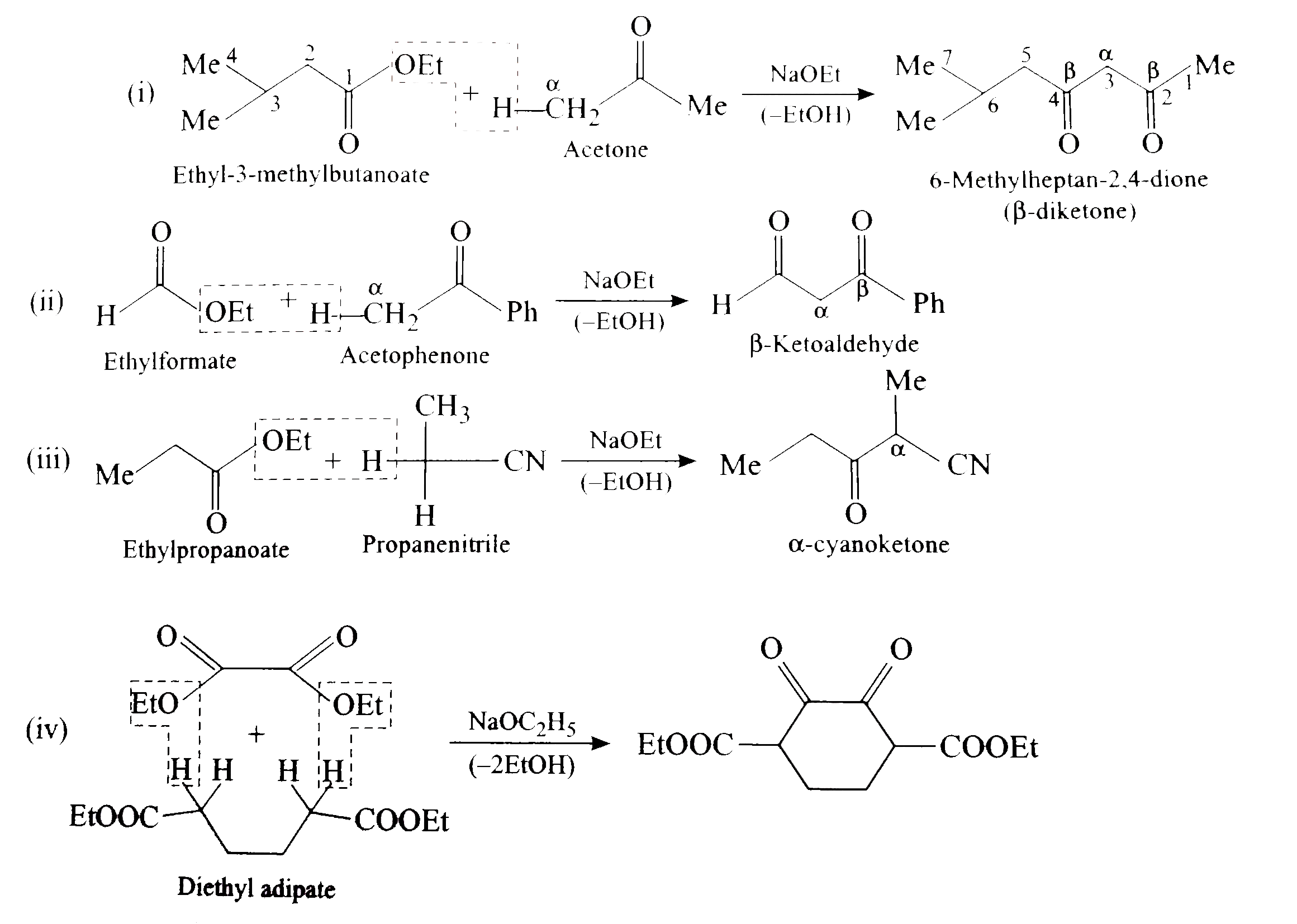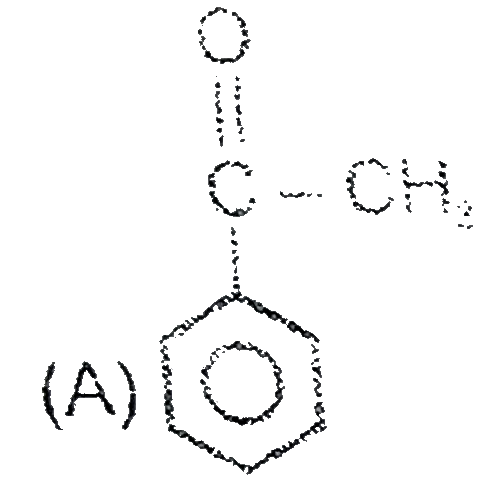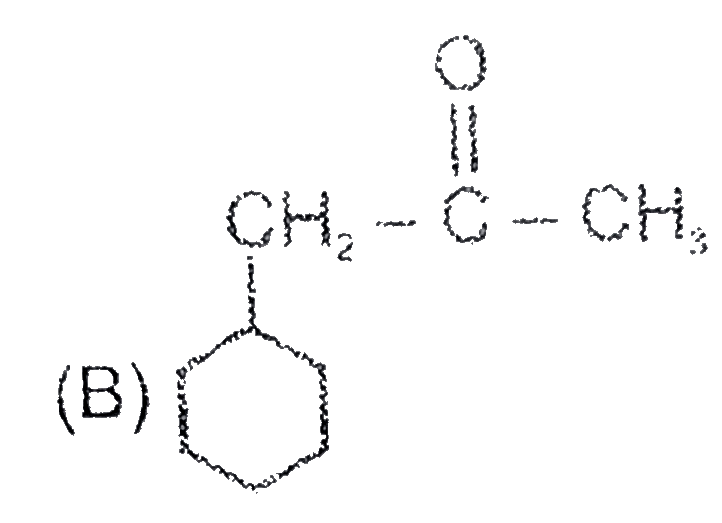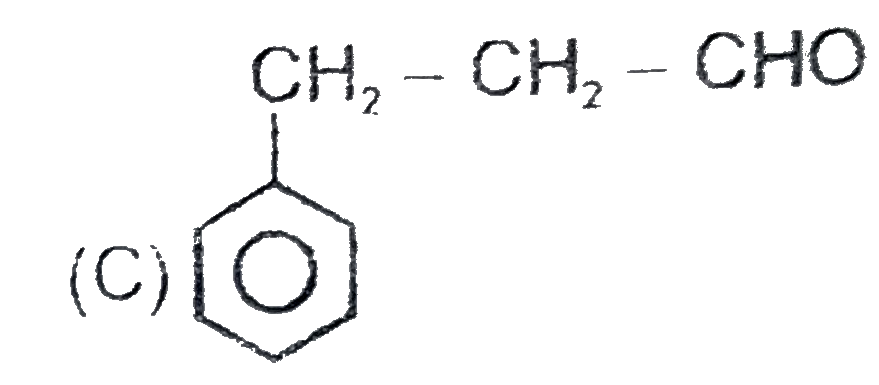Explore topic-wise InterviewSolutions in .
This section includes InterviewSolutions, each offering curated multiple-choice questions to sharpen your knowledge and support exam preparation. Choose a topic below to get started.
| 17001. |
Which of the following shows variation of electron gain enthalpy values (on y-axis) of halogens |
|
Answer»
|
|
| 17002. |
Which of the following metals can be used for precipitation of silver from sodium argento cyanide solution |
|
Answer» Zn |
|
| 17003. |
Which of the following complexes has a geometry different from others? |
|
Answer» `[NiCl_(4)]^(2-)` |
|
| 17004. |
Which of the following is not an explosive? |
|
Answer» Nitroglycerine |
|
| 17005. |
Which characteristic of adsorption is wrong ? |
|
Answer» Physical adsorption in general decreases with temperature |
|
| 17006. |
which electronic level allows the hydrogen atom to absorb a photon but not emita photon? |
|
Answer» 1s |
|
| 17007. |
Which of the following compound will not react with l_(2)//OH^(-). |
|
Answer»
|
|
| 17008. |
Which of the following structures is not correctlymatched ? |
|
Answer» `alpha`- Methoxypropionaldehyde - `overset(""H_(3)CO)overset("" |)(H_(3)C- CH)-overset(O)overset("||")C-H` |
|
| 17009. |
What is meant by the term coordination number? |
| Answer» SOLUTION :The NUMBER of NEAREST NEIGHBOURS in a packing is called coordination number | |
| 17010. |
Which of the following is true for the complex Co(NO_(2) )(Cl)_(2) .5NH_(3) (Co is in + 3 oxidation state) |
|
Answer» It SHOWS IONISATION isomerism |
|
| 17011. |
Which one of the following orders is correct for the bond dissociation enthalpy of halogen molecules? |
|
Answer» `Br_(2)gt I_(2) gt F_(2) gt Cl_(2)`<BR>`F_(2) gt Cl_(2) gt Br_(2) gt I_(2)` |
|
| 17012. |
Which of the following properties of pure metal makes it more useful than the corresponding alloy |
|
Answer» It is harder than CORRESPONDING ALLOY |
|
| 17013. |
What is meant by denticity of a ligand? Find out denticity of:(i) C_(2)O_(4)^(-2) (ii)EDTA |
|
Answer» SOLUTION :The NUMBER of ligand group COORDINATING group. (i) 2 (ii)6 |
|
| 17014. |
Which is optically inactive? |
|
Answer»
|
|
| 17015. |
Which of the following reagents is used to distinguish between benzoic acid from phenol ? |
|
Answer» Molish reagent `FeCl_3 +6 C_6 H_5 OH to 3 H^(+) + [Fe (OC_(6) H_(5))_(6) ]^(3-) + 3HCL` |
|
| 17016. |
Which of the following statements regarding rusting of iron is // are correct ? |
|
Answer» It takes place is moist air. |
|
| 17017. |
Which of the following is a metal ? |
|
Answer» N |
|
| 17018. |
Which of the following have coiled helical structure: |
|
Answer» Proteins |
|
| 17020. |
Two moles of an ester (A) are condensed in the presence of sodium ethoxide to give a beta-keto-ester (B) and ethanol. On heating in an acidic solution, (B) gives ethanol and beta-keto acid (C). On decarboxylation, (C) gives 3-pentanone. Identify (A), (B) and (C) with proper reasoning. Name the reaction involved m the conversion of (A) to (B). |
Answer» SOLUTION :
|
|
| 17021. |
What is the molar mass of a gas whose density is 1.5 g L^(-1) at 27^(@)C and 1 atm pressure ? (Use R = 0.08L atm mol^(-1) K^(-1)) |
|
Answer» 360 |
|
| 17022. |
Which of the following releases metal slowly which gives uniform coating in electroplating |
|
Answer» METAL salts |
|
| 17023. |
What are the two important oxidation states of group 6 elements of the periodic table ? |
| Answer» SOLUTION : +3 and +6. | |
| 17024. |
Under the influence of an electric field, the particles in a sol migrate towards cathode. The coagulation of the same sol is studied using NaCl,N_2a_4S andN_3a_4P solutions. Their coagulating values will be in the order : |
|
Answer» `N_2a_4S` |
|
| 17025. |
What is the side product of soap industry? Give reactions showing soap formation. |
|
Answer» Solution :Soaps are sodium or potassium salts of long chain fatty acids such as stearic ACID, oleic acid and palmitic acid. Soap containing salts are formed by HEATING fat (i.e., glyceryl ester of fatty acid) with aqueous sodium hydroxide. In this reaction, esters of fatty acids are hydrolysed and the soap obtained remains in colloidal form. It is precipitated from the solution by ADDING `NaCl`. The solution left after removing the soap contains glycerol as SIDE product. This reaction is known as saponification. 
|
|
| 17026. |
What is the increasing order of acidic strength among the following ? (i) p-methoxy phenol (ii) p-methyl phenol (iii) p-nitro phenol |
|
Answer» `II LT III lt i` 
|
|
| 17027. |
What is the general electronic configuration of the outer orbitals of d-block elements ? |
| Answer» SOLUTION :`(n-1)d^(1–10)NS^(1-2)` | |
| 17028. |
Which is the true regarding rate of formation of haloforms? |
|
Answer» RATE of FORMATION of `"CHF"_(3)` is highest |
|
| 17029. |
Which of the following oxide is diagmagnetic |
|
Answer» NO |
|
| 17030. |
Which of the following compound has highest melting point ? |
|
Answer» `SiO_(2(s))` |
|
| 17031. |
Which of the following have a meso form? (a) 2,3-Dibromobutane (b) 2,3-Dibromopentane (c) 2,4-Dibromopentane |
| Answer» Solution :(a) and (c) are meso FORMS (DRAW the PROJECTION forms to VERIFY) | |
| 17032. |
Which compound show both G.I. and O.I. ? (AA = Symetric bidentate ligand) (AB = Asymetric bidentate ligand) M = Metal |
|
Answer» `"M(AA)"_(3)` |
|
| 17033. |
Which of the following is an organometallic compound? |
|
Answer» LITHIUM methoxide |
|
| 17034. |
Which reagent among the following can affect the conversion ? CH_(3)-C equiv N rightarrow CH_(3)CH_(2)NH_(2) |
| Answer» Answer :A::C | |
| 17035. |
What happens when in presence of sodium ethoxide: (i) Ethyl-3-methylbutanoate reacts with acetone(ii) Ethyl formate reacts with acetophenone (iii) Ethylpropanoate reacts with propanenitrile(iv) Diethyl oxalate reacts with diethyl adipate? |
Answer» SOLUTION :
|
|
| 17036. |
Three Faradays of electricity are passed through molten Al_(2)O_(3) , aqueous solutio of CuSO_(4) and molten NaCl taken in different electrolytic cells. The amount of Al, Cu and Na deposited at the cathodes will be in the ratio of |
|
Answer» 1 MOLE: 2 mole : 3 mole Three Faradays will DEPOSIT 1 mole of Al,1.5 moles of Cu and 3 moles of Na. Hence, MOLAR ratio `= 1 :1.5 : 3` |
|
| 17037. |
What is the ratio of volumes of H_(2) and O_(2) liberated during electrolysis of acidified water? |
|
Answer» `1:2` |
|
| 17038. |
Which alkaline earth metal compound is volatile |
|
Answer» `Be_(3)N_(2)` |
|
| 17039. |
Which monomer is present in [-overset(CH_(3))overset("|")underset(CH_(3))underset("|")"C "-CH_(2)-]_(n)polymer ? |
|
Answer» Propylene |
|
| 17040. |
What is the name of the process of synthesis of mRNA from DNA strand? |
|
Answer» Tranpiration |
|
| 17041. |
Wheneletrolysis ofpotassiumacetateis carriedout , get |
|
Answer» METHANE |
|
| 17042. |
What are chain transfer agents ? Giving a suitable example , explain the overall effect of these agents on the process of vinyl polymerization. |
Answer» Solution :Compounds which bring about the termination of the original polymer chain with the simultaneous initiation of another polymer chain are called chain transfer AGENTS. For example , in presence of `C CI_4`, styrene undergoes polymerization at the same rate as in its absence but the polystyreneformed has a lower AVERAGE molecular mass. Furthermore , it also contains small AMOUNTS of chloride. This may be explained as follows . The growing polystyrene radical chain (I) which would NORMALLY react with another MONOMER molecule instead reacts with chain transfer aget `(C CI_4)` to terminate the original chain and the new free radical produced initiates a new polymerization chain incorporating chloride atom. Thus : 
|
|
| 17043. |
Which of the following act as structural backbones? |
|
Answer» KERATINE , collagen |
|
| 17044. |
To an evacuated vessel with movable piston under external pressure of 1 atm, 0.1 mole of He and 1.0 mole of an unknown compound (V.P. = 0.68 atm at 0^(@)C) are introduced. Considering the ideal gas behaviour, the total volume (in L) of gases at 0^(@)C is close to ..... . |
|
Answer» `THEREFORE p_(He) = 1-0.68 = 0.32` atm. Apply pV = nRT for He. |
|
| 17046. |
Which of the following is not a function of proteins in the human body ? |
|
Answer» PREVENTION of activities of antigens in the body |
|
| 17047. |
Which of the following ions is the smallest in size? |
|
Answer» `CL^(-)` |
|
| 17048. |
When NaCl is dissolved in water , the sodium ion becomes : |
|
Answer» Oxidised |
|
| 17050. |
Which is most reactive towards Br_(2) in the prsence of FeBr_(3)? |
|
Answer» Anisole In anisole, `(-underset(..)overset(..)(O)CH_(3))` is `overline(E)` donating by resonance `SE` order: `(a) gt (B) gt (c) gt (d)`. |
|













